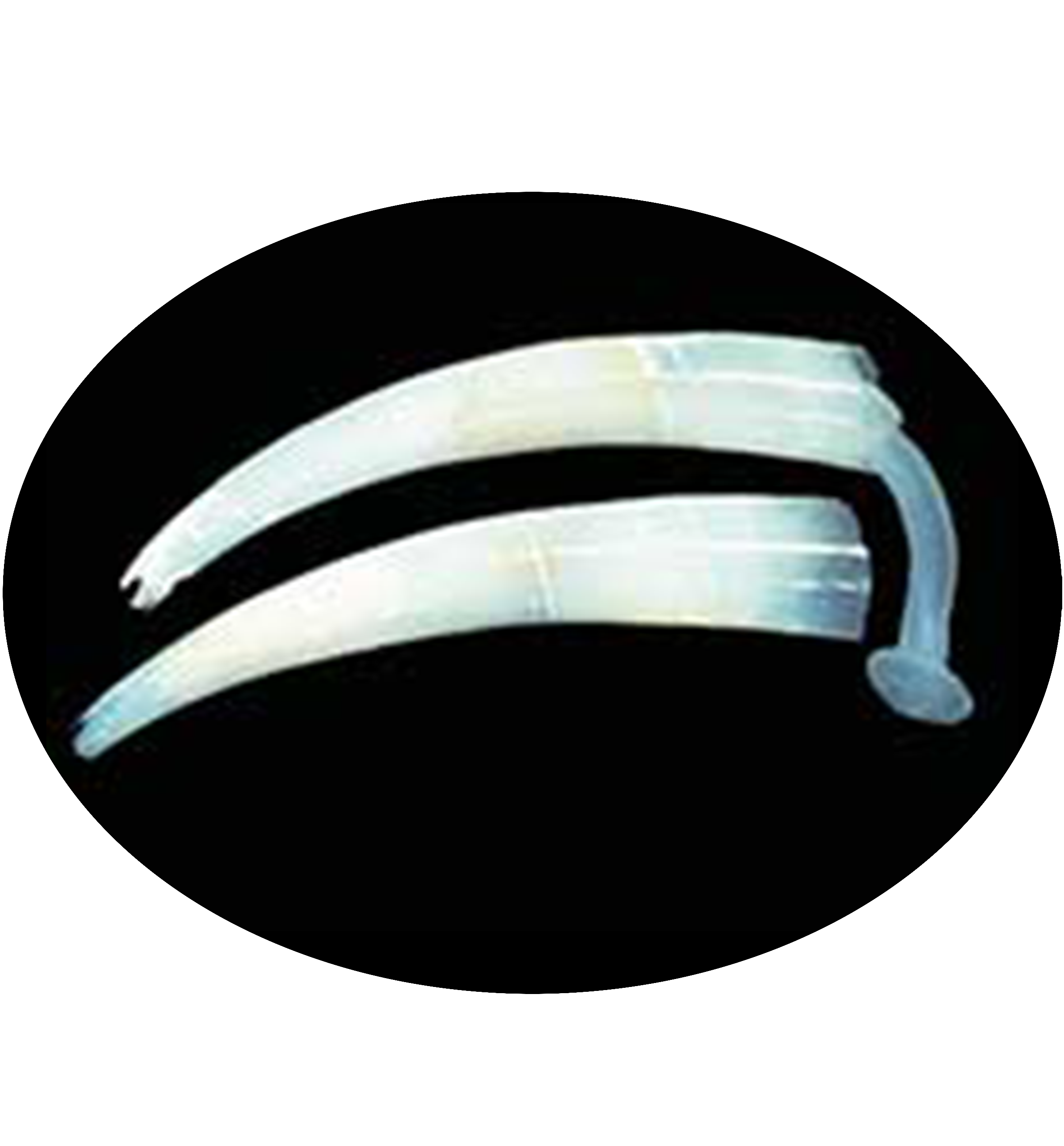
Siphonodentalium dalli is a species of deep-sea scaphopod mollusk in the family Dentaliidae. It is commonly found in soft sediment habitats of the deep ocean, where it burrows into the substrate. This species is adapted to extreme environments, thriving in cold, dark, and high-pressure conditions. Siphonodentalium dalli plays a role in the benthic ecosystem by contributing to nutrient cycling and supporting microbial communities in its habitat.
Animalia (Kingdom); Mollusca (Phylum); Scaphopoda (Class); Gadilida (Order); Gadilimorpha (Suborder); Gadilidae (Family); Siphonodentalium (Genus); Siphonodentalium dalli (Species)
Cadulus dalli Pilsbry & Sharp, 1898
Siphonodentalium dalli is a species of molluscs in the family Gadilidae. They have sexual reproduction. S. dalli usually live in the deep sea and have an elongated shell, shaped like a tube, with an animal body inside the shell and a smooth outer covering. S. dalli usually feed on a variety of tiny benthic organisms and are carnivorous. They search for food in seafloor sediments and use their elongated shells to move and protect themselves.
Southeast Pacific, Southern Atlantic and the Antarctic. Polar to subtropical climates
| Species | Phylum | Common Name | Ecosystem | Depth | Habitat | NCBI Taxonomy ID |
|---|---|---|---|---|---|---|
| Siphonodentalium dalli | Mollusca | - | Deep sea | 93-695 | Southern Ocean(63°56′06.7″S, 56°34′13.9″W) | 3019061 |
| Genome Assembly | Genome Size | Assembly level | Released year | WGS accession | Submitter | BioProject | BUSCO completeness (%) | Scaffold/Contig N50 (kb) | GC content (%) | Repeat Rate (%) | Gene Number |
|---|---|---|---|---|---|---|---|---|---|---|---|
| ASM3262209v1 | 2.3Gb | Chromosome | 2023 | - | The University of Alabama | PRJNA916950 | 95.40 | 234,870/2,110 | 38 | 0.7605 | 31,723 |
| Title | Journal | Pubmed ID |
|---|---|---|
| Scaphopoda is the sister taxon to Bivalvia: Evidence of ancient incomplete lineage sorting | Proceedings of the National Academy of Sciences | 37738291 |

